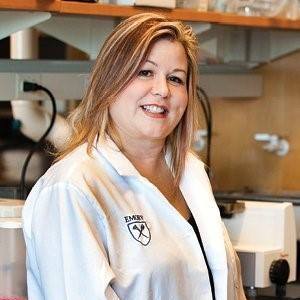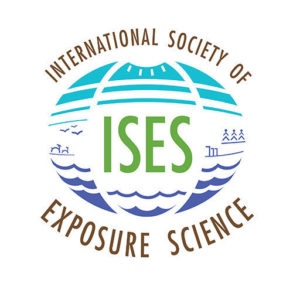
By: Dana Barr
We’re about halfway through 2022…and it’s a good time to reflect on all that has been accomplished and to serve as a reminder of that which has yet to be done. Sometimes we do this at the start of a year…but mid-year reflections can reinvigorate our year’s priorities. Inevitably, much of this rumination is centered on our personal achievements and disappointments, but it also offers us a time to contemplate how science has matured, especially given all of the quick advances necessary to combat a global pandemic.
I think we’d all agree that our scientific field — exposure science — is a far cry away from what it was at its inception. At one time, exposure science seemed to be an afterthought in risk assessment and epidemiologic studies, despite their reliance upon it. Almost 23 years ago, our founding ISES members came together at an informal meeting and tasked themselves with ensuring “exposure” had the proper focus in these activities, especially those that affect environmental policy or clinical treatments. Thus, was born the International Society of Exposure Assessment which was rebranded the International Society of Exposure Science (ISES) in 2006 to include a broader subject area including environmental chemistry, policy enactment, risk assessment, and infectious disease ecology demonstrating significant advancement and growth in ISES content area. By formally creating exposure science as a focal research field, we have developed a more diversified member base with a range of topical expertise and experience. As a community, the outreach of ISES has greatly increased student and global representation in our membership. We now have four active regional chapters and strong committees focusing on important topics like publications and ethics. Although ISES has grown greatly as an organization of 16 to now over 600 members and the science has likewise evolved, another priority is remaining ahead of the curve in promoting diversity of thought and demographics as well as providing equity of opportunity and inclusion for all ISES members. Of the 16 preeminent exposure scientists at the initial meeting in 1989 at which the blueprint of ISES was drawn, only one female was present; no Black, Indigenous, or other People of Color or from different cultural backgrounds were in the drawing room. Regretfully, this was not uncommon in STEM professions at the time, but we have certainly made strides since then. Today, women make up a large majority of the members and the governing boards. Since its inception, about a quarter of ISES presidents have been female –mostly elected in the last decade — demonstrating we have come far in trying to achieve equity, but we still have quite a way to go.
While we have improved the diversity in our membership, we haven’t been as progressive in assuring diversity and equity in leadership for traditionally marginalized population groups. It is nice to know that ISES has a plan for improving diversity as outlined in the goals of its newest strategic plan. ISES has detailed specific strategic actions that will be or are currently being taken by ISES leadership to improve overall ISES diversity, equity and inclusion. They have implemented mentoring programs, offered spotlighted news about specific members, and have increased the number of opportunities for traditionally marginalized people to take on leadership roles. By continuing these strategies and perhaps implementing additional ones, ISES is making real progress in achieving equity for all members and ensuring no population subsets remain marginalized.
While the last two years have been very difficult for us all navigating the syndemic of global disease and social injustice and inequity, ISES is well on its way to respond to both of these problems in a systematic manner. I still think maybe 2022 may be the best year yet for ISES.

